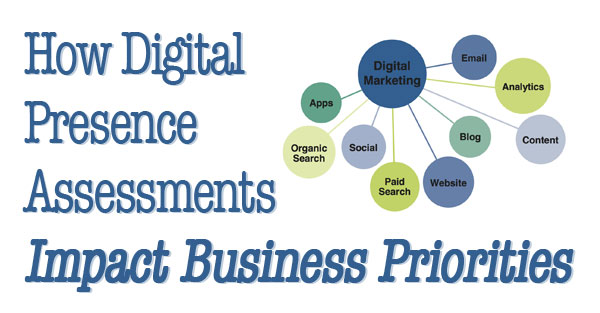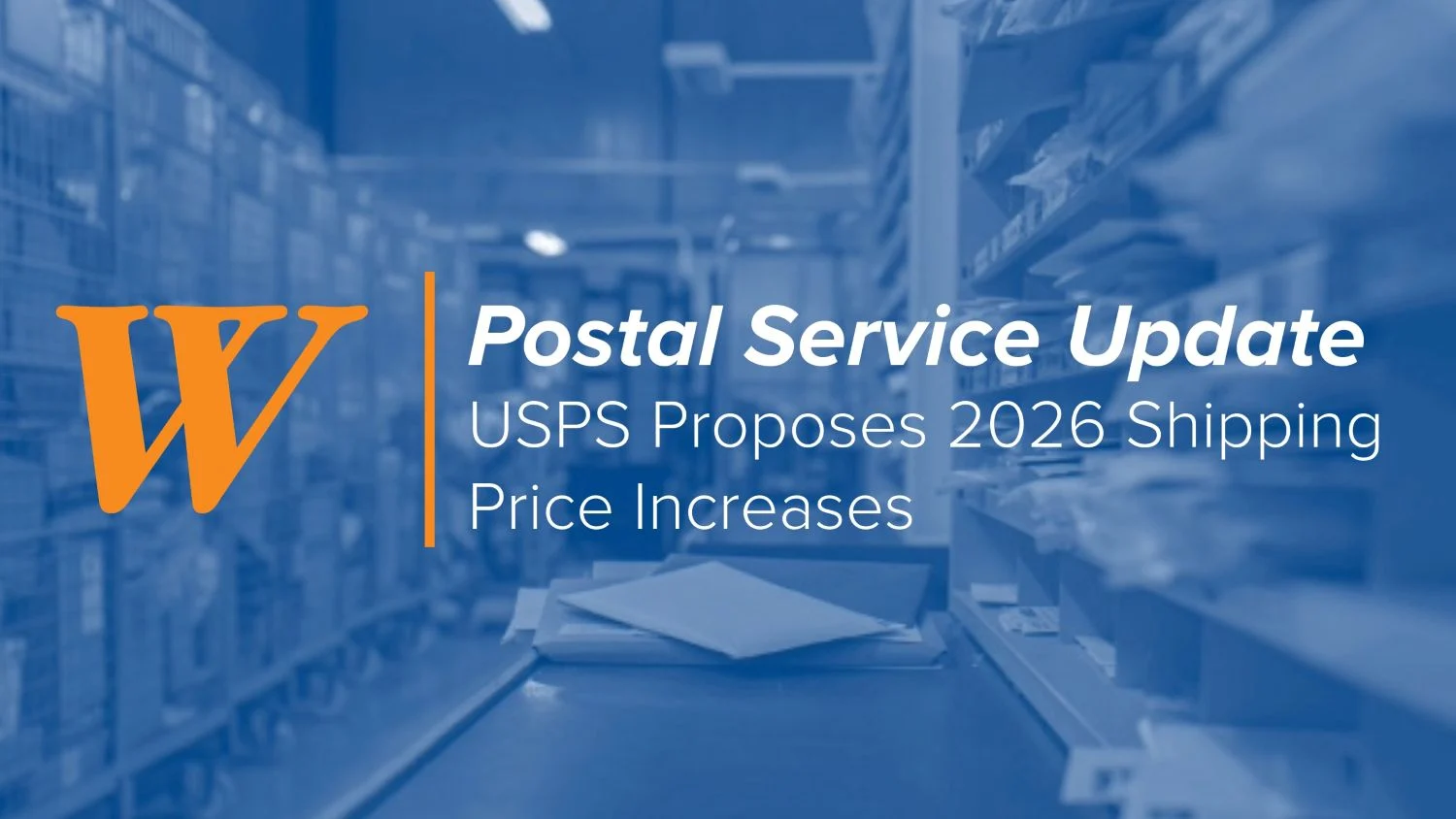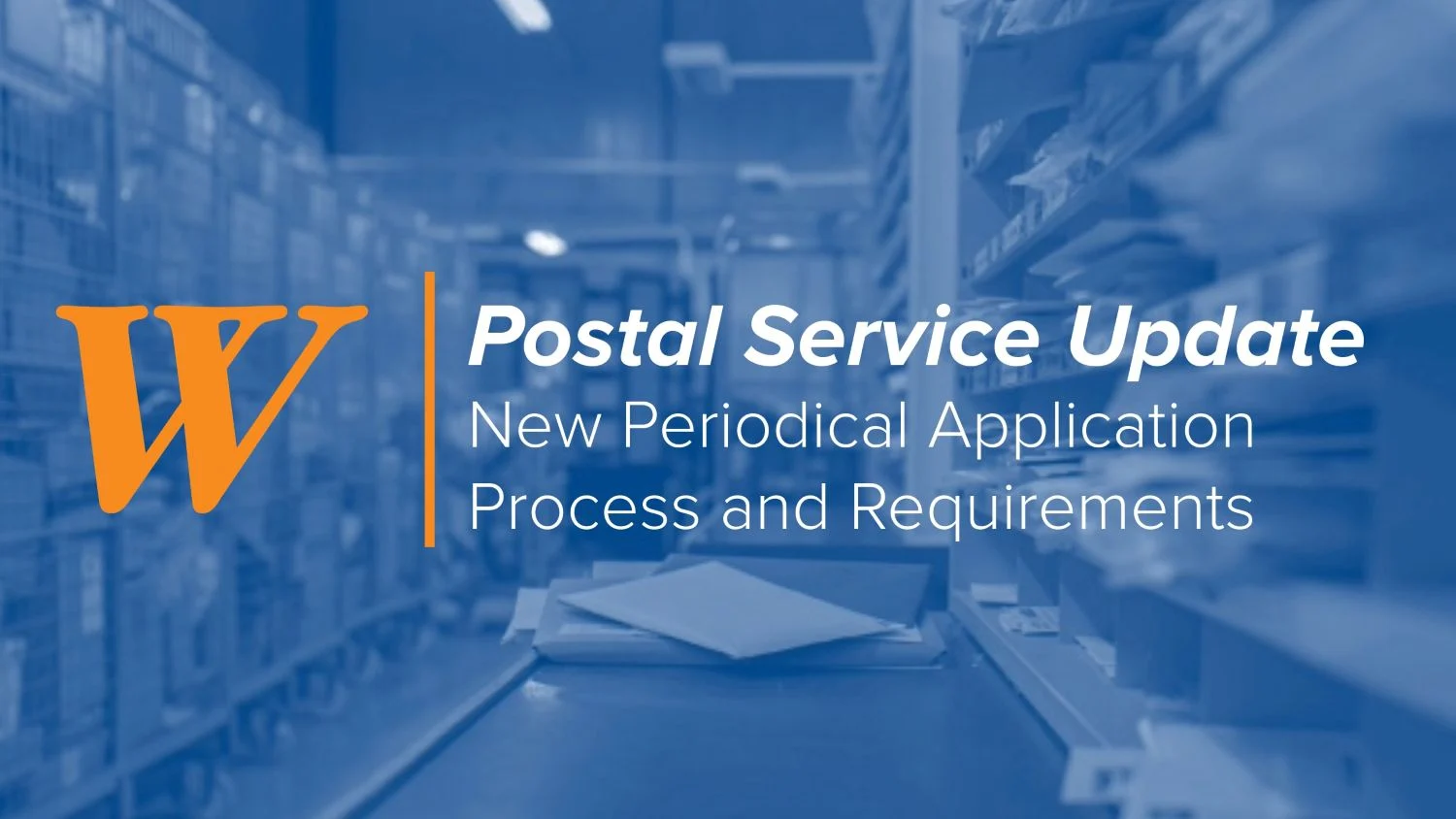“There is no digital strategy anymore, just a strategy in a digital world.” That quote, by Antoine Lhosmot of Potentialpark Group, hits on the need for publishers to develop integrated print and digital communication.
Chad Beatty, business development manager for Walsworth’s Commercial Division, assists with digital opportunities for publishers. To help business and organizations get the most from their print and digital communications, he uses Walsworth’s Digital Presence Assessment (DPA) to measure overall performance of their digital assets.
In this interview, Chad discusses the DPA process and the value of doing a Walsworth DPA.
Walsworth Blog: What does a Digital Presence Assessment provide to businesses and organizations?
Chad Beatty: A digital presence assessment provides a pulse on where you’re performing, where you’re not performing, where your competitors are performing, and where you should focus energies and try to enhance in certain areas to get your digital where it needs to be.
 A lot of printers offer digital services, but we can offer more detailed digital strategic guidance. So often, publishers are kind of filling in the boxes from a digital perspective for their channels, and then they’re executing. But do they really know why they have a Facebook page, how should they maximize it and optimize it? These are organizations that can benefit by requesting a Digital Presense Assessment.
A lot of printers offer digital services, but we can offer more detailed digital strategic guidance. So often, publishers are kind of filling in the boxes from a digital perspective for their channels, and then they’re executing. But do they really know why they have a Facebook page, how should they maximize it and optimize it? These are organizations that can benefit by requesting a Digital Presense Assessment.
Also, the DPA is a great validating tool. Their metrics are telling them one thing but it’s sometimes good to get an objective view. Or, we can tell them they’re doing great in such-and-such a channel, but just this little change would make it that much better.
WB: What value does the DPA bring to businesses and organizations?
CB: The ultimate goal of this is educating the client, and educating publishers on exactly how they can make their digital integrated experience better. When you can leverage your print and digital together to work in conjunction, you’ve got a much better impact.
So often, people see digital as cannibalizing their print. But think of it this way, there’s three types of people when it comes to digital and print: there are print-only readers, there are digital-only readers, and there are people who do a little bit of both, like me. So, if you have a print magazine you are taking care of your print-onlys, and you’re covering the people who do a little of both, but you are ignoring your digital readers. So you can do one or the other: you can ignore them or embrace them and bring them into the fold with everyone else.
WB: What does the DPA assess?
CB: We do an assessment of the five major channels, which are website, email, social media, digital edition and paid search. We give a numeric grade on each and then an overall grade. Each has different weights depending on which has more pull than the other. Obviously the website would have more pull than an app.
For a website, the parameters we seek out are discoverability, authority on a certain subject, mobile readiness, search optimization, traffic and audience.
The DPA for social media is based on the level of activity, such as how many likes you have and how engaged your followers are. For Twitter, for example, how many times you Tweet a day is very important. I’ve seen so many companies that develop a Twitter handle and they’ll put out a tweet once a week. You’ve got to keep engaging with little snippets of content otherwise it may actually be detrimental to your brand.
With email, because we work with publishers, it’s a lot about the email-to-print-subscriber ratio. One-to-one is your dream. We check the sign-up rate, frequency of sends, open rate, click-through rate, unsubscribe rate, to name a few. We even go into template design to make sure it’s optimized.
With apps, digital editions and paid search, it’s about viewer sessions, page views, basically how engaged people are with them, and what can you do to make them better.
WB: What does a business or organization learn about their digital assets from a DPA?
CB: We take all this data and run it through a series of equations. It comes back with scoring, which brings to the surface some key insights around their digital presence, whether good or bad. We create a Top 10 Insights list, and our Top 10 Recommendations come out of those insights.
The nice part about the digital assessment is that it provides an objective viewpoint of their digital communications based on web best practices. This is not based on opinion. It’s not based on where Walsworth can help the most so we can get their business. It’s very neutral.
WB: And then does someone at Walsworth help them implement those recommendations?
CB: The assessment is a standalone with recommendations, ideas and insights that anyone can execute. Every time I sell a DPA I say to them, if you want to just do this with us and walk away, be our guest. We’d love to do it, but if there are things you know you need to get done and you want to use your current vendor, then by all means use your current vendor.
So often what clients do is take a long time digesting it, trying to figure out what they can take on themselves, and when and where they want to engage us to make the improvements.
WB: What about businesses or organizations that don’t think they would benefit from a DPA?
CB: Some people may look at the list of tools we use and say, “I can do that, that’s not hard.” But we sit down and organize it and know exactly how to push it through an entire process by which you come to conclusions. We help you piece it all together. And we’ve become quite good at it; we’ve done tons of them. And once we’ve accumulated data and produced the numbers, we develop not only the insights, which are fact-based on the numbers, but then also we develop our recommendations.
If your organization would benefit from clearer understanding of where you should focus your digital efforts and where you stand versus your competitors, please contact us to request more information about a Digital Presence Assessment today.






